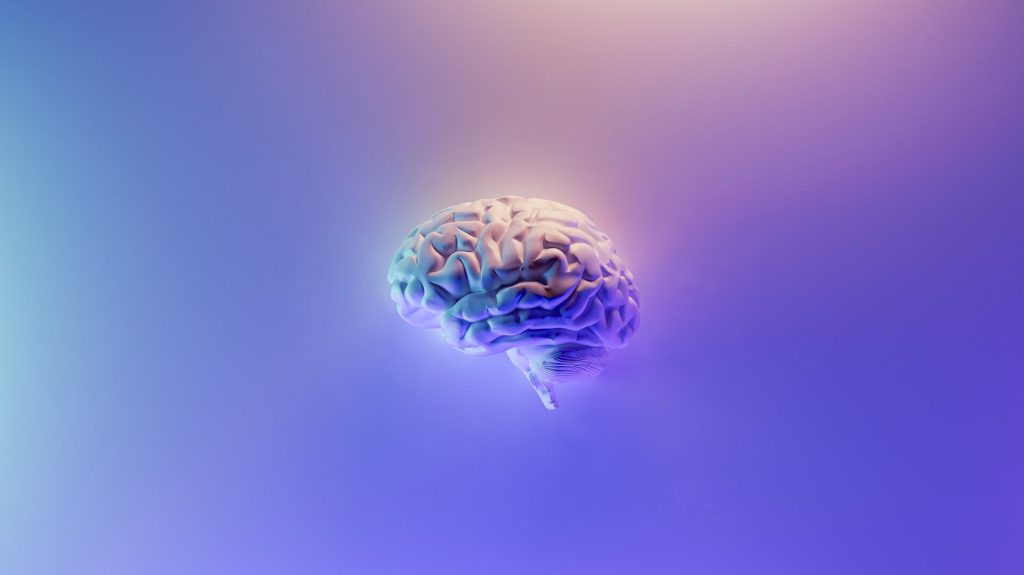
A new article argues that recent research undermines the notion that free will is an illusion, due to the buildup of brain activity before conscious movement.
Experiments from the 1960s to 1980s measured brain signals, leading many neuroscientists to believe that our brains make decisions before we do — that human actions were initiated by electrical waves, and therefore did not reflect free, conscious thought.
However, a new article in Trends in Cognitive Science argues that recent research undermines this contention against free will.
Study co-author Adina Roskies, and Helman Family Distinguished Professor, Dartmouth College, said: “This new perspective on the data turns on its head the way well-known findings have been interpreted. The new interpretation accounts for the data while undermining all the reasons to think it challenges free will.”
The debate over free will is mostly built on 1980s research using electroencephalograms to study brain activity. The EEG-based research measured when electrical signals begin to build in the brain, relative to when a person is aware of their desire to initiate a movement. The averaged data showed a buildup before movement that became known as the ‘readiness potential‘ (RP).
That research, conducted by neurophysiologist Benjamin Libet, contended that if the RP was present before a person had a conscious thought about moving, free will therefore could not be responsible for either the buildup of electrical signals or the subsequent movement.
This part of Libet’s logic was based on a likely false premise, the researchers argue.
“Because the averaged readiness potential reliably precedes voluntary movement, people assumed that it reflected a process specifically directed at producing that movement. As it turns out, and as our model has shown, that is not necessarily the case,” explained co-author Aaron Schurger, an assistant professor of psychology at Chapman University.
The article notes new research using computational modeling that indicates that the RP’s standard interpretation should be reassessed, especially in relation to the question of free will.
The study highlights findings suggesting that the RP — the pre-movement buildup of activity — reflects the neural activity that underlies the formation of a decision to move, as opposed to the outcome of a decision to move.
“These new computational models account for the consistent finding of the readiness potential without positing anything like an RP in individual trials. The readiness potential itself is a kind of artifact or illusion, one which would be expected to appear just as it does give the experimental design, but doesn’t reflect a real brain signal that begins with the RP onset or is read out by other areas,” said Prof Roskies.
Numerous challenges exist to the idea that the RP causes humans to act: isolating RP from other electrical signals in the brain; RP presence in tasks where motor activity is not needed; and ‘noise’ in analyses trying to confirm that RP initiates movement.
False positives, where RP is observed but fails to initiate movement, and inconsistencies in the lag between brain wave buildup and movement also complicate the understanding of the connection between the electrical activity in the brain and free will. Finally, there are philosophical implications to attempting to explore free will with brain data.
Source: Medical Xpress
Journal information: Aaron Schurger et al, What Is the Readiness Potential?, Trends in Cognitive Sciences (2021). DOI: 10.1016/j.tics.2021.04.001

